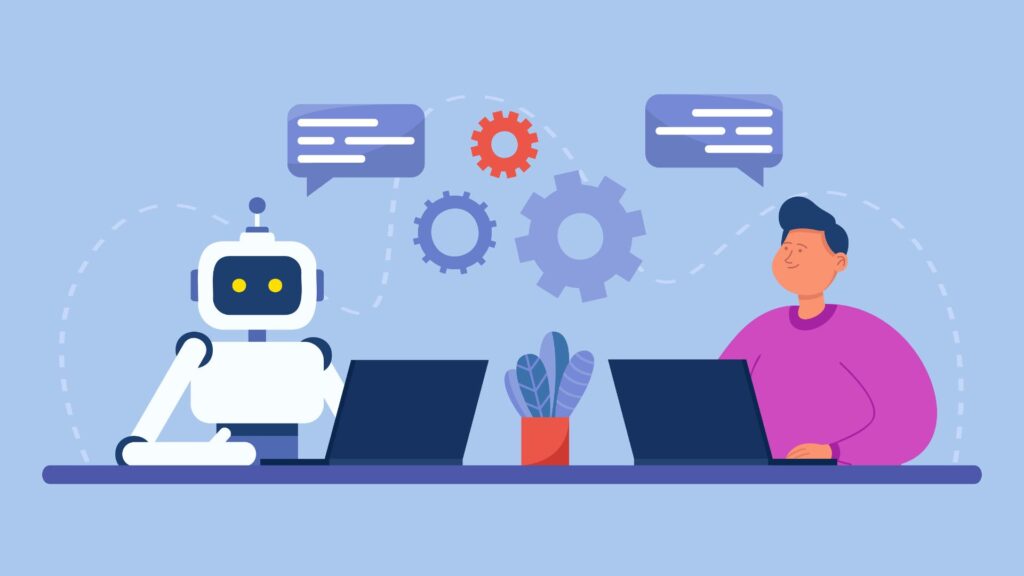Research shows AI complements, not replaces, human work
Studies show AI complements human roles, but adoption and workflow changes take time to unlock productivity benefits.

AI headlines often flip between hype and fear, but the truth is more nuanced. Much research is misrepresented, with task overlaps miscast as job losses. Leaders and workers need clear guidance on using AI effectively.
Microsoft Research mapped 200,000 Copilot conversations to work tasks, but headlines warned of job risks. The study showed overlap, not replacement. Context, judgment, and interpretation remain human strengths, meaning AI supports rather than replaces roles.
Other research is similarly skewed. METR found that AI slowed developers by 19%, but mostly due to the learning curves associated with first use. MIT’s ‘GenAI Divide’ measured adoption, not ability, showing workflow gaps rather than technology failure.
Better studies reveal the collaborative power of AI. Harvard’s ‘Cybernetic Teammate’ experiment demonstrated that individuals using AI performed as well as full teams without it. AI bridged technical and commercial silos, boosting engagement and improving the quality of solutions produced.
The future of AI at work will be shaped by thoughtful trials, not headlines. By treating AI as a teammate, organisations can refine workflows, strengthen collaboration, and turn AI’s potential into long-term competitive advantage.
Would you like to learn more about AI, tech, and digital diplomacy? If so, ask our Diplo chatbot!
